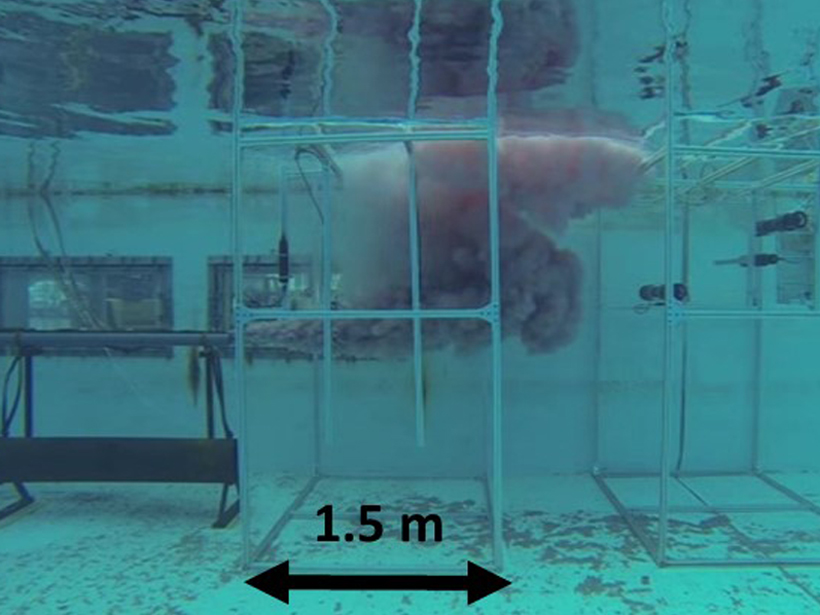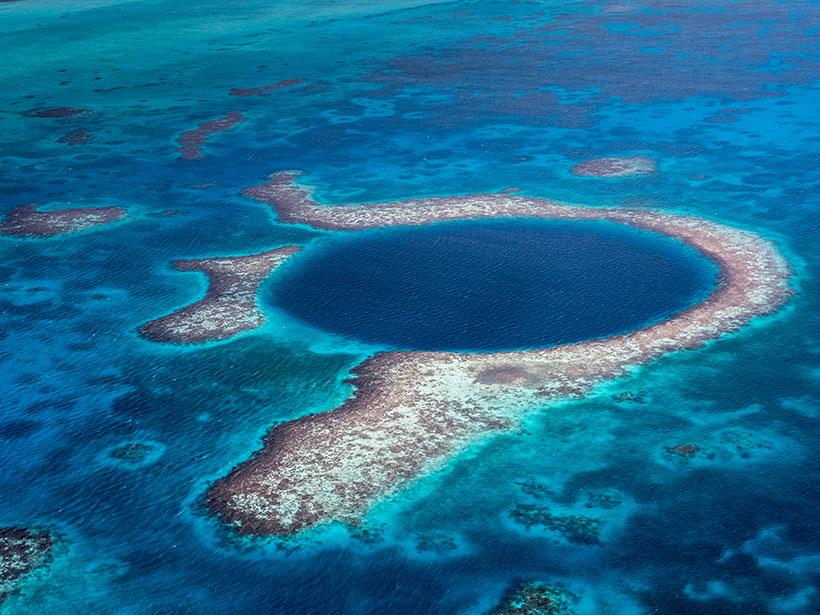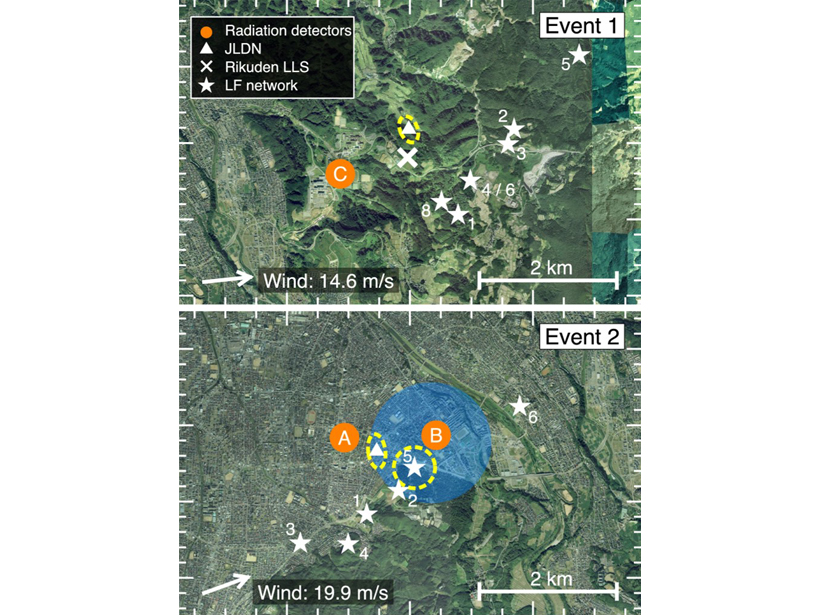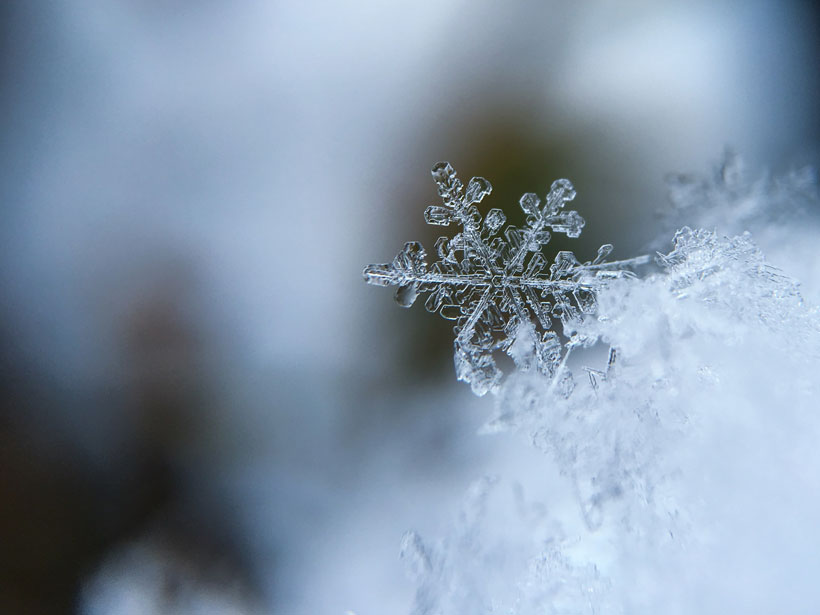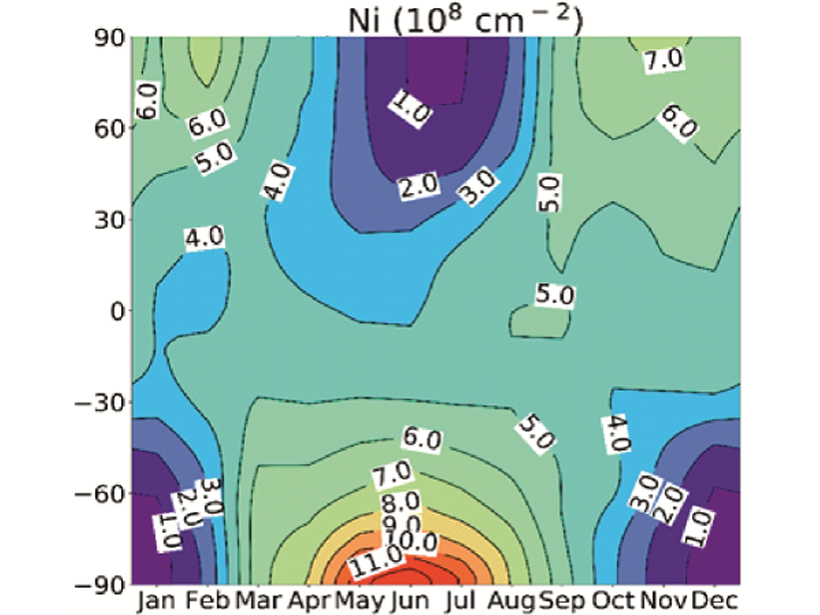Concurrent detection from space and the ground of blue optical flashes from streamer corona discharges at altitudes between 8.5 and 14 kilometers and radio waves.
CC BY-NC-ND 2020
The Underwater Behavior of Oil and Gas Jets and Plumes
Exploring how the multiscale interaction between underwater oil and gas plumes and the environment impacts plume composition and trajectory.
Severe Cyclones May Have Played a Role in the Maya Collapse
Sediment cores from the Great Blue Hole reveal that a series of extreme storms hit the region after 900. The storms may have irreparably damaged an already stressed Maya population.
Lightning Discharge Type Linked to Terrestrial Gamma‐Ray Flashes
For the first time, the connection between energetic in cloud pulse and terrestrial gamma‐ray flashes is confirmed in the Gamma-Ray Observation of Winter Thunderclouds experiment in Japan.
Wildfires Trigger Long-Term Permafrost Thawing
Researchers used satellite data to trace ground subsidence in a permafrost-rich region in eastern Siberia following a wildfire.
New Tool Quantifies and Predicts Snow Droughts
A new metric for calculating snow water equivalence relies on three methodologies: modeling, satellite imagery, and direct observation.
First Model of Meteoric Nickel in the Upper Atmosphere
A layer of nickel of cosmic origin, which exists between 80 and 110 km high in Earth’s atmosphere, has been modeled for the first time, including dynamics and complex neutral and ion chemistry.
The Challenges of Fieldwork for LGBTQ+ Geoscientists
A new survey reveals the unique issues that traveling for research poses for LGBTQ+ scientists. The data should help us create solutions that foster safety and inclusion.
Saharan Dust Reaching the Americas Comes from El Djouf
The Saharan dust that crosses the Atlantic and fertilizes the Amazon may be coming from the El Djouf region between Mauritania and Mali, which is farther west than previously thought.
Drones Help Bridge the Gaps in Assessing Global Change
New instruments in the research tool kit bolster scientific understanding of the ecology of a greening Arctic.


